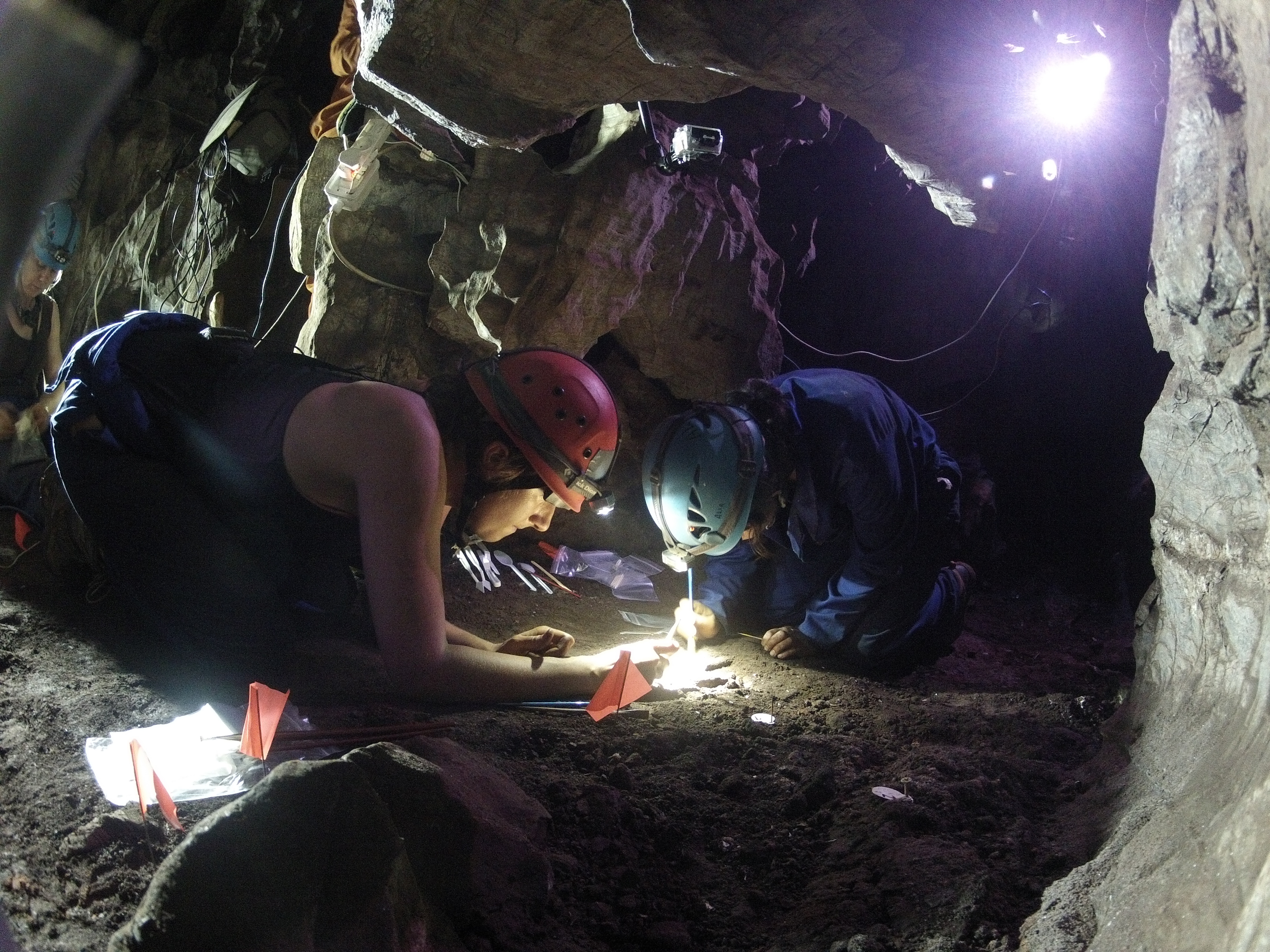Content Depot: Getting audio gets flexible
This summer public radio will get a taste of an impending change in the technological status quo: the Content Depot.
This far-reaching set of upgrades and innovations in the field’s means for moving audio around the country will streamline how producers and stations select, send, acquire and automate programming.
In particular, the Content Depot standardizes how the NPR-operated Public Radio Satellite System (PRSS) stores programming and feeds it to stations.
Today the process relies on a hodgepodge of media on both ends of the transfer. PRSS stores programming in forms including analog tape and compact disc, while stations download it from a PRSS satellite and save it on hard drives and other media before broadcasting it.
Stations have no choice but to take programming from the satellite in real time. An hour-long show always takes an hour to receive, even if it won’t air live. But “much of what we do does not have to be live,” says Scott Hanley, g.m. of WDUQ in Pittsburgh and a member of the Content Depot’s Design Advisory Group (DAG).
The Content Depot will give stations more choices about how they receive programs. It will store all programming digitally on servers and send it to stations equipped with new hardware and software allowing them to store programming digitally on their end. A station will be able to download an hour-long show in five minutes if it needs it immediately or over 12 hours if it wants to save bandwidth and money.
What’s more, stations will be able to specify when they want feeds. Today, they must follow the PRSS schedule, and if they miss the feed, they have to either request a refeed or get a dub from another station, often prompting frenzied e-mails titled “HELP!!!!” on listservs.
Content Depot developers anticipate that stations will use a web-based scheduling program that will let them browse a list of programs, arrange feeds and download metadata about shows, including promos, audio samples and rights information. Since the Depot will adopt a subscriber-based model, producers will get a more thorough accounting of who takes their programs.
PRSS began designing the Depot several years ago when it started planning a major overhaul of the satellite system. Many stations have aging satellite equipment, and PRSS receives funds from CPB to help with upgrades.
At the same time, PRSS started discussions about how to streamline the entire system of sending and receiving programming. With stations automating more and more of their daily operations, the current setup asks too much of station staff.
“Just delivering audio out of a spigot was not really responding to their needs,” says Marty Bloss, director of technology at NPR.
At first, the Depot’s creators anticipated using the Internet rather than the satellite to transfer programming. But that would have been too costly, says DAG member Allen Rieland, director of engineering at Wisconsin Public Radio. Stations and PRSS already know how to use the satellite and don’t have to sink money into building a better web-based infrastructure.
There are other advantages, says Pete Loewenstein, NPR’s v.p. of distribution. “We envision this still using the satellite only because the satellite gives us a wideband pipe to all these stations, regardless of whether you’re in New York City or an Indian reservation in Arizona,” he says. “You don’t have to fight with traffic bottlenecks on the Internet–it’s totally under our control.”
But Loewenstein and Bloss say the Depot will be “agnostic” with respect to how it delivers programming–meaning that as the Internet evolves, stations and PRSS can increasingly exploit it. Stations and producers might start depending less on the handful of uplinks scattered across the country, where they pay to upload programming to PRSS via satellite.
For producers, that also means spending less on shipping programs to NPR, says Stephen Hill, a DAG member and producer of Music from the Hearts of Space. Hill already saves up to $2,000 a year by sending programs to NPR via the Internet.
The Content Depot debuts this summer as part of the Public Radio Collaboration, a coordinated week of programming about the effects of the Sept. 11 terrorist attacks, airing Sept. 3-10. Participants can use the Content Depot’s online catalog at prss.org to browse the menu of programs and hear audio samples.
The Depot eventually could support other high-tech innovations such as the budding Radio Exchange, an Amazon.com-like system that will help stations select and download programs by smaller producers.
PRSS is assembling the Content Depot piece by piece, with the online catalog already up and a satellite refurbishment program under way at stations. It will not complete the project until at least 2004.








